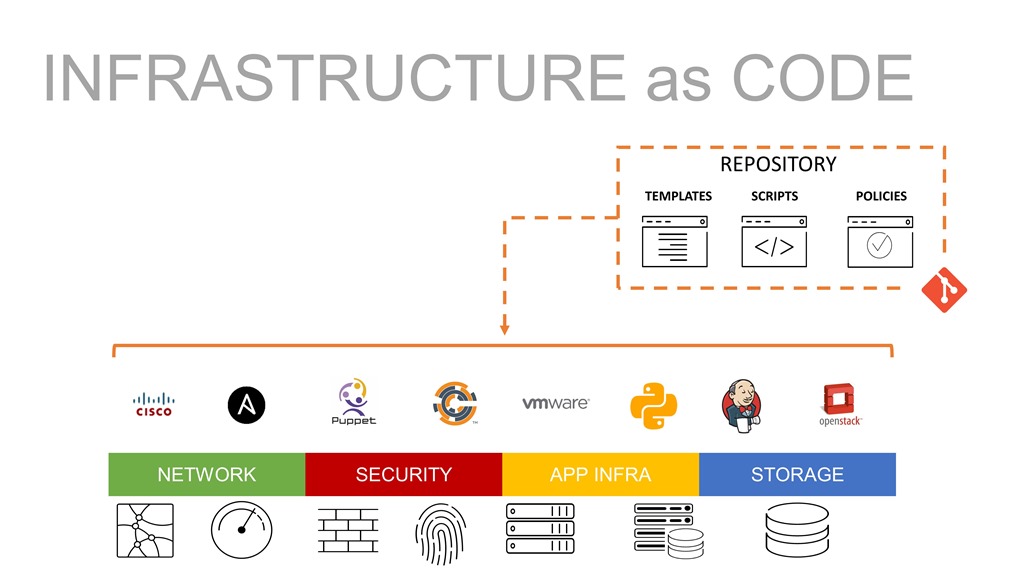DevOps (Day-1) Introduction
TABLE OF CONTENTS
- Infrastructure Automation
- Why DevOps is Important?
What is DevOps?
As the name indicates:-
Dev + Ops = Development + Operations.
Development
i) Backend Developers
ii) Front-end Developers
iii) QA
Operations
i) System admins
ii) Network admins
iii) Database admins
The practice of operations and development engineers participating together in the entire service lifecycle through a pipeline from design through the development process to production support. This process is known as DevOps.

This is a process of automating the whole infrastructure.
Now here comes a query, what are we automating?
We are automating the whole team's work from the code-building stage to code deployment.
Scenario 1:-
In a company, there is a project in which developers are writing the code and deploying it to the QA environment frequently for each sprint. This code is then tested by the testing team. Suppose there is a situation of mishap happens where the testing team used the older code instead of the latest code for testing and finds the bug. In that case, bugs will lie for weeks without the notice of developers which will result in ultimate chaos in a production environment.
Scenario 2:-
Suppose you are a software developer and you write code to build a Web-based application. You want to quickly deploy and check if everything works but as the system is robust you don't want to go to the hours of meeting to involve multiple teams to work things out.
Conclusion:-
The above two scenarios can be solved by following DevOps technological aspect. It is a set of practices that automates the processes between software development and IT teams, so that they can build, test, and release software faster and more reliably.
Infrastructure Automation
It is the process of automating the infrastructure that is performed by multiple teams using code.

Some tools that can be used for this purpose are:-
A. Infrastructure Provisioning:- Terraform,Pulumi.
B. Configuration Management:- Ansible, Chef, Puppet, Saltstack, Helm.
C. Continuous Integration/Deployment Tools:- Jenkins, GitHub actions, Kubernetes operators,
D. Image Management Tools:- Packer, Docker, Podman
E. Infrastructure Development Tools:- Vagrant, Minikube
F. Config/Secret Management:- Hashicorp Consul, etcd, Hashicorp Vault
G. Infrastructure Monitoring & Logging:- Prometheus & Alert Manager, Sensu
Why DevOps is Important?
Primitive method:-
The Developer writes the code and it then goes to the testing team who tests the different possible scenarios. Then it goes to the support team who deploys the code in the server. This is a long and robust process for any infrastructure.
Advanced method:-
DevOps plays an important pathway to solve any issue that the teams encounter within seconds which then feedback to the respective teams. This not only saves time but also reduces the immediate dependency between teams which can lead to the timely delivery of products.
Comments
Post a Comment